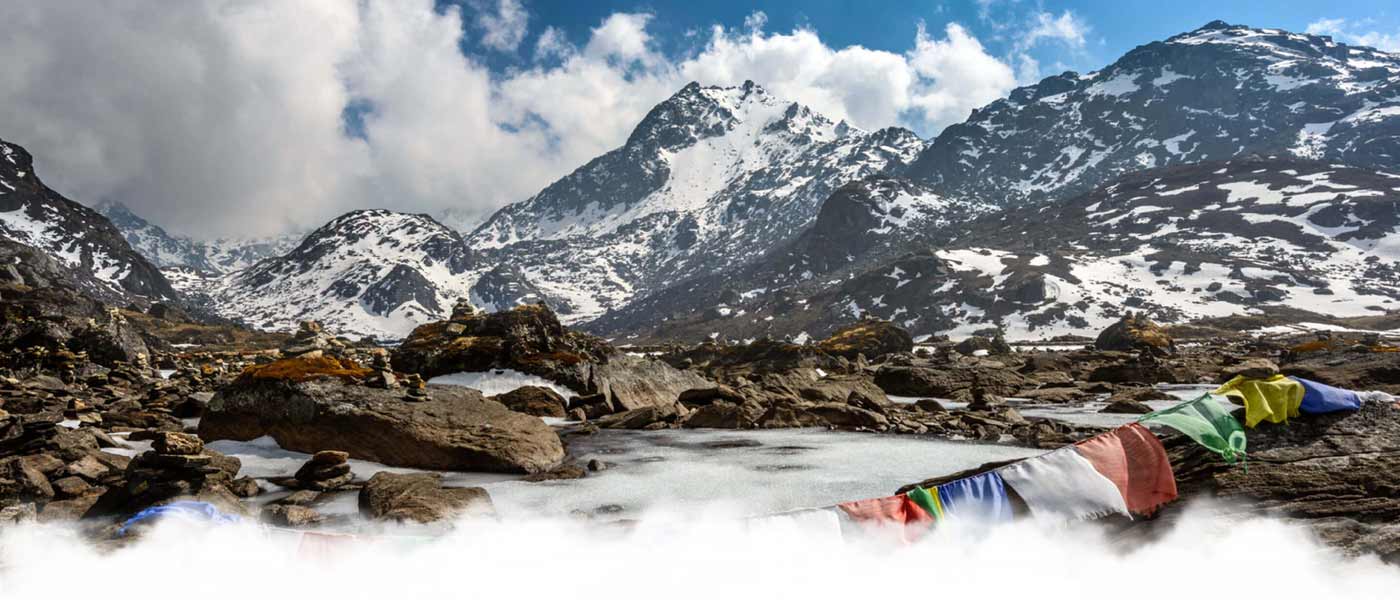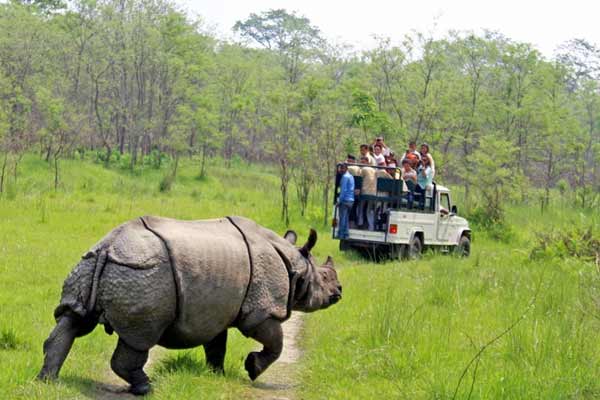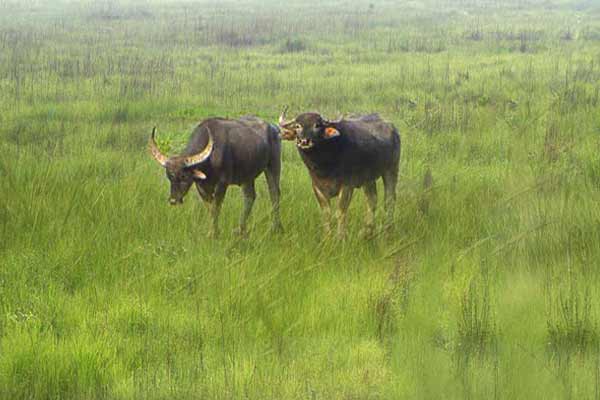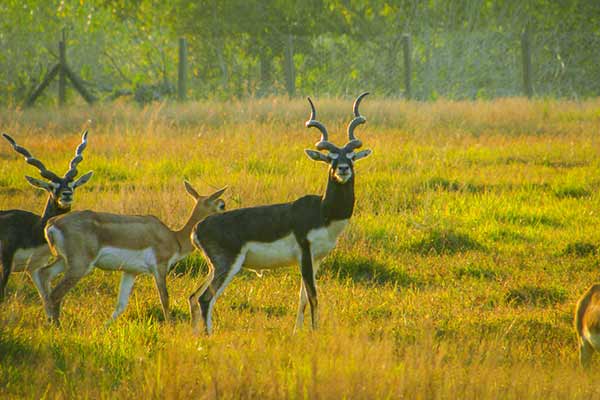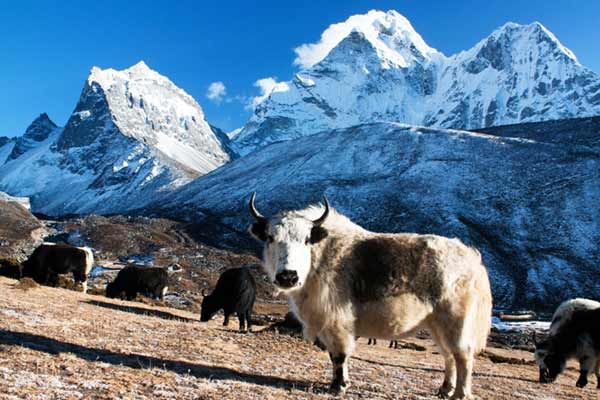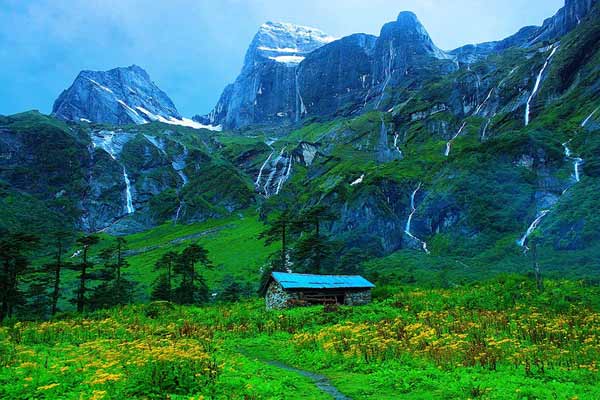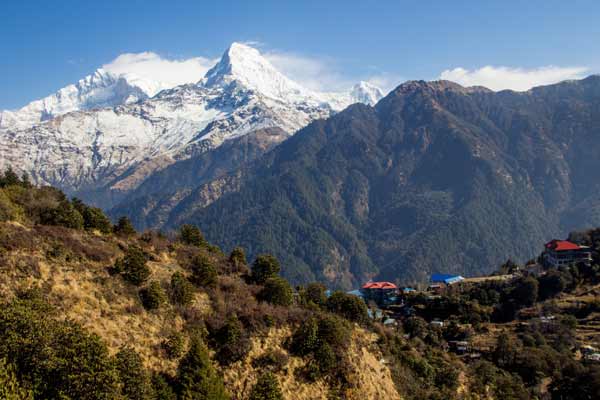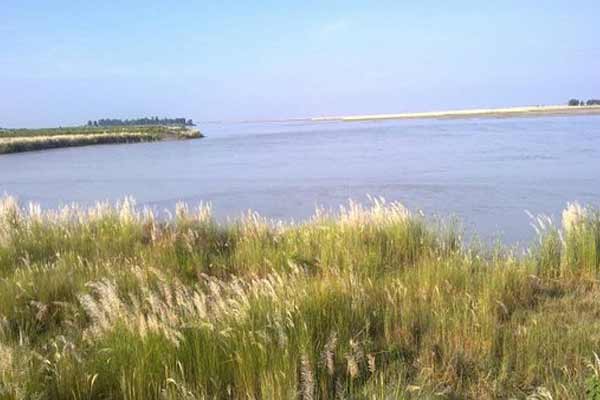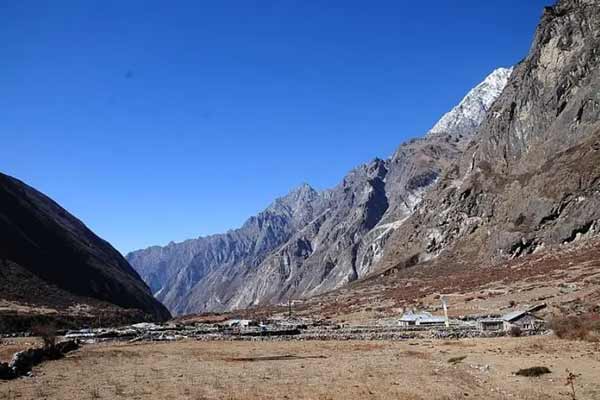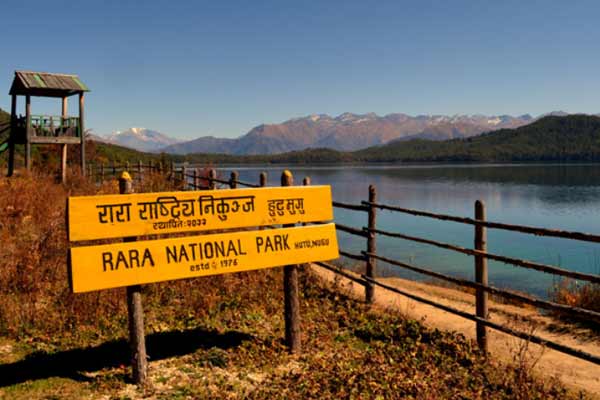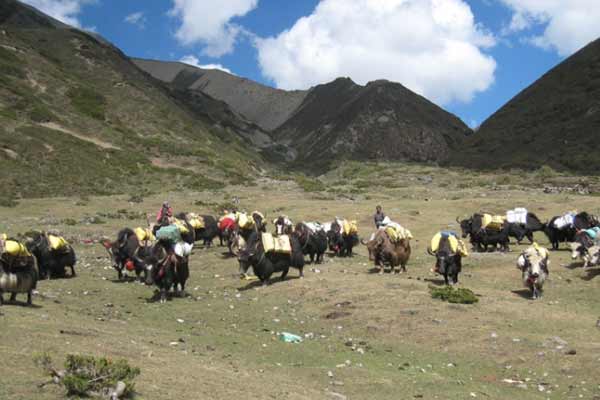
Langtang National Park
Langtang is one of the most unspoiled national parks of Nepal. Situated North of Kathmandu, it is the most easily accessible highland sanctuary from the capital. Langtang covers 1,710 sq. km. forming the upper catchment areas of two of Nepal's largest river systems - the Trishuli and Koshi. There is great latitudinal variation, starting at 1,500 m. and ascending to the top of Mt. Langtang Lirung at 7,234 m. As a result the park has immense ecological diversity. Some of the most attractive areas of the park include the Langtang Valley, the holy lakes at Gosainkunda, and the forested hillsides above the village of Helambu.
The deep gorges of Bhote Koshi and Langtang Khola are thickly forested with rhododendron, oak, maple and alder. The stretch of forest around Ghoda Tabela in the lower Langtang Valley and below Gosainkunda is inhabited by the red panda, a rare and threatened symbol of a healthy Himalayan ecosystem. Other animals, common to these forests are wild boar, Himalayan black bear, ghoral, grey langur monkey and leopard. The rare Himalayan hony guide has been sighted here and the park is also the home for Impeyan, Tragopan and kalij pheasants among others. Larch, a rare deciduous conifer, is also found in the forest of lower Langtang Valley. Further up, Himalayan tahr, musk deer and snow leopard can be found. The upper Langtang Valley is one of he few known breeding grounds of the ibils bills besides the Tibetan snow cock and snow partridge.
Like other Himalayan nature parks, Langtang has to be explored on foot. There are several possible trails to choose from depending on preference and time available. The langtang Valley is easily approached from Dhunche town and park office, which is a day's drive from Kathmandu. The upper reaches of Langtang can be reached in four days of easy walking, however, it is advisable to spend a few days around the forest at Ghoda Tabela to watch for the red panda. Once above Langtang village and the monastery at Kyangin, visitors can explore the high valley of Langshisa Yala peak and Tsero, Ri. These and other villages of upper Langtang are inhabited by people of Tibetan descent whereas the villagers of Dhunche, Bharkhu and Syabru further down are home to the Tamangs of Nepal's middle hills.
Climate of Langtang National Park
The climate of Langtang national park differs from place to place due to the difference in the altitude of the total area. Langtang National Park encounters monsoon from June to August. During August this place observes the wide flow of religious devotees who flock here to observe the sacred water of the Gosainkunda Lake.
The weather remains snowy from January to February. Autumn is considered to be the best time to visit the Langtang National Park where one can enjoy the lush greenery and the blossoms, which can lure anyone to fall in love with the beauty that place.
Vegetation in Langtang National park
Langtang National Park is very rich when it comes to vegetation’s as more than 1000 species of plants are founded in this place out of which nearly 21 spices are endangered. This place has diverse vegetation with nearly 14 types of flora and 18 ecosystem types. Within a single space, one can have the tropical forests below 1,000 meters to the high altitude alpine and perennial ice forests in Langtang National Park.
Wildlife in Langtang National park
Langtang National Park is famous for being home to the one of the most endangered species of mammals that is the red panda & snow leopard and a part from them, animals like Himalayan black bear, wild dog, ghoral, serow can be found here. Similarly, Langtang National Park is a home for nearly 250 species of birds. During summers the green lush meadows of this region become an attracting point for the species like musk deer and Himalayan Tahr.
People of Langtang national park
The major inhabitants of Langtang National park are basically the Tibetans or the Tamangs. The people of this Langtang National park still follow their old culture and traditions, which is reflected in their culture, costume, craftsmanship, and architecture. This place provides an opportunity for the visitors to have a closer view upon the way of living of the Tamangs and their cultural heritage. The people of this area are mostly & strictly vegetarian and are mainly yak and sheepherders. They live a very simple life by raising animals, doing agriculture, and trading with Kerung in Tibet. The major crops of this region are Maize, Wheat, Soybean, and Millet.
How to Reach Langtang National park
This region stands as a small valley, which is located in the border of Tibet. Langtang National Park has so much to offer for those who actually want to devote themselves in the lap of the Himalayas or feel the need to get closer to oneself.
Syabrubesi is the gate way of Langtang National park, which is a small town in Rasuwa district. It is easier to reach this town via bus, jeep or any private vehicle. This journey will take you down to experience the unpaved road of Nepal, with an amazing view of the mountains and yaks grazing at the meadows of the nearby areas. Syabrubesi is basically the trailhead of the Langtang region, which is located at the altitude of 1,460 meters above sea level. This place is fully equipped with the tourist standard facilities like delicious food, clean lodging, and there are few of the banks located in this region.
From this place, a 20 minutes’ walk can lead towards the old Syabrubesi, where one can enjoy the old architecture of houses along with meals from the small tea houses. This place is located in the banks of the Trishuli River, so visiting this place enables the tourists to enjoy the proper blend of the natural as well as the culture and tradition of people living in this place. From here, one can reach another village via the new bridge. It is a small village situated at the river bank where one can have the unique taste of the small tea houses and enjoy the view of lush greenery of the small vegetable gardens.
Moving forward from here, and trek towards the steep uphill to the Pairo, Pairo will lead towards the village called Bamboo, which is comparatively larger than the other villages with a lot of tea shops and vegetable gardens. From Bamboo, one reaches Rimche, which is at a height of 2,470 meters, and from here, it is nearly 20 minutes’ walk to the famous Lama hotel. The trek resumes, and the trekkers reach the Gumna chowk or the riverside, which is at the height of 2,770 meters. The trail from here takes to Langtang Village then to Kyanjin Gompa, which is located at a height of 3,800 meters above sea level. The Kyanging Gumpa is the final place one can stay overnights at lodges.
Wildlife Sanctuaries Nepal
Wildlife Sanctuaries in Nepal If your current vacation were to the hill stations, beaches or historic places, then sticking around the “Nepal Wildlife Sanctuary” will be an extremely crazy experience for you. Yeah you heard right, Nepal nestled in the middle of high mountain ranges and infinite grassland has rich fauna and flora. According to conservative evaluation, it has nearly 100 varied species of animals and around 750 types of aerial species in entirety. So without ado, book the accommodation/safari, pack your comfortable attires, binoculars, sun protection gear, camera and get ready to explore the wilderness which is full of plant and animal life. Here are the top 10 Wildlife Sanctuaries of Nepal.
 +91 9799050299
+91 9799050299 